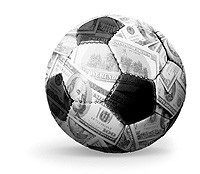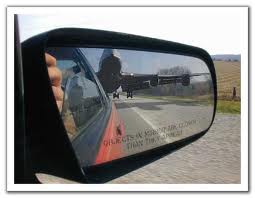Budgets Are Sexy [AJC: If J. Money really thinks so, I don’t want to be invited to his Stag Night!] poses an important question: “Should you invest or pay down debt?”
And, he provides these guidelines to help you decide the answer:
Whenever you have any extra money in your pocket, make sure to take care of these financial priorities, in this order, before you do anything else:
- Pay down any delinquent debts that could threaten your well-being or credit score, such as an overdue tax bill or legal judgment.
- Accumulate a financial safety net. If you don’t have at least three to six month’s worth of your living expenses saved up in an accessible emergency fund, that’s the next place your extra money should go.
- Pay down high-interest debt. If you have credit cards, lines of credit, or auto loans, with double-digit interest rates, attack those financial burdens next.
If you’ve accomplished the above and still have excess money left over each month, you’re in a great position. Maybe you have an extra $100 and are struggling with whether to invest it in your Roth IRA or to use it to pay down your mortgage, for example. The answer to the dilemma is simple: Determine which option is more profitable for you. To do that, you have to figure out your after-tax return for each choice.
I agree with the first bullet point: you must pay down any delinquent debts. You have to keep your head above financial water.
As to the rest, well, I think that we’re in danger of forgetting a critical point:
Paying down debt is investing!
You’re investing in your own ‘debt instruments’, where the risk is low (in fact, by paying down the debt, you’re IMPROVING your risk profile) and the return can be low / mediocre / high depending upon the AFTER TAX cost of the interest and any other fees and charges.
Your student loans and mortgage debts are probably LOW interest, hence LOW return investments.
Your car loan and credit card debts probably HIGH interest, hence HIGH return investments.
… and, you may have some personal loans or other debts that fall somewhere between the two.
So, I would modify BAS’s guidelines as follows:
- Pay down any delinquent debts that could threaten your well-being or credit score, such as an overdue tax bill or legal judgment.
- Put in place a financial safety net. Put a HELOC in place; make sure that you can tap into your retirement accounts, or keep some spare loan facilities in place in case a financial emergency arises.
- Pay down high-interest debt. If you have credit cards, lines of credit, or auto loans, with high double-digit interest rates, you’re probably safe in attacking those financial burdens next.
- Find investments that can outperform your remaining debts. If you have 1st mortgages, student loans or other loans with low single-digit interest rates, let them ride PROVIDED that you instead invest somewhere where AFTER TAX returns should be expected to outperform these remaining loans by a comfortable margin.
Once you’ve made the mental leap that paying down debt IS investing, you’re in a MUCH BETTER position to decide how best to use your money … particularly if you have optimistic financial goals 🙂










